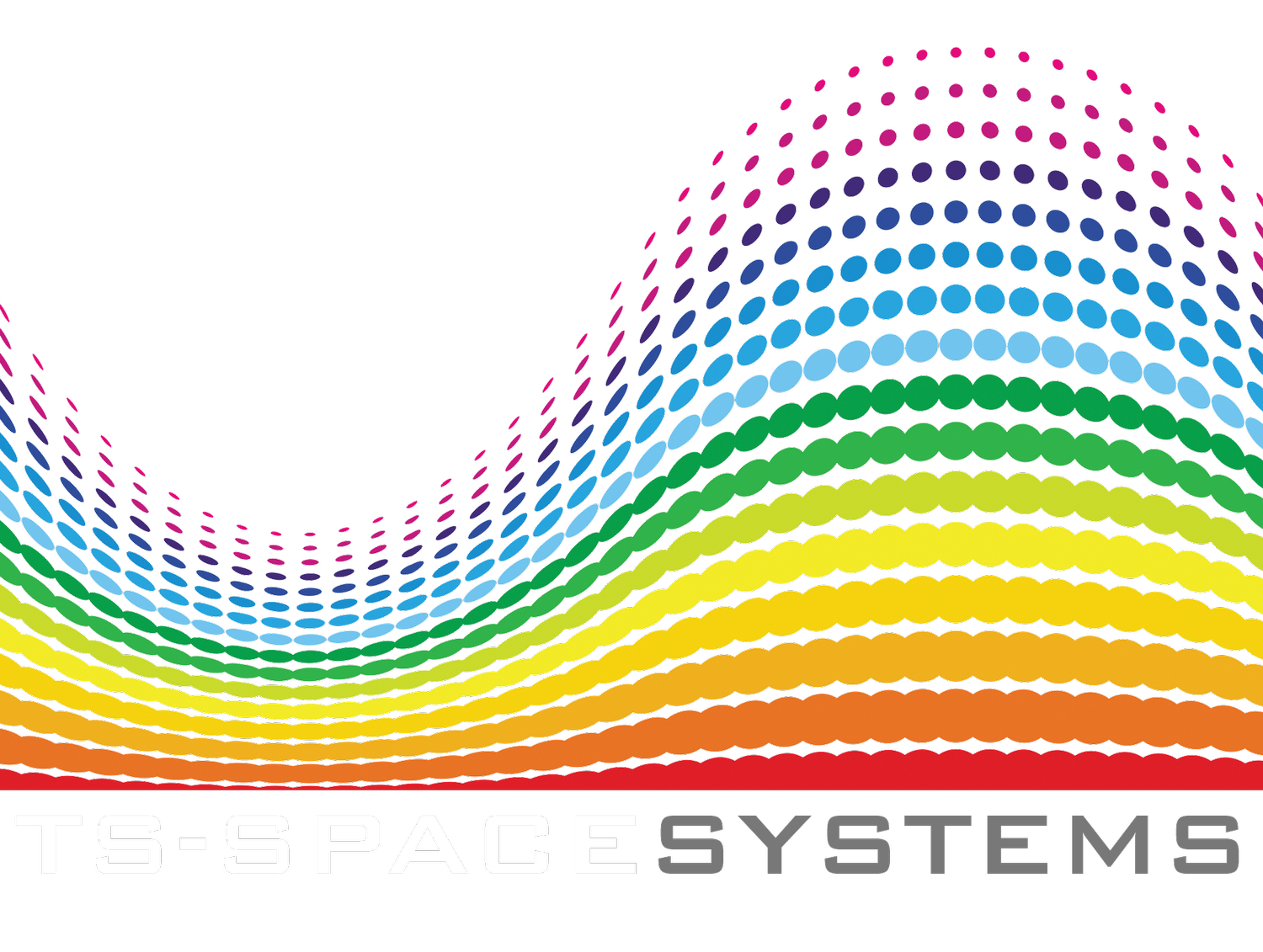The Advantages of a Close Match Spectrum
While most basic solar simulators use a single xenon lamp as their light source, advanced solar simulators commonly use multiple light sources (referred to as 'multi-source') in order to achieve a close spectral match to the reference spectrum. This is generally done by filtering and merging the output of two types of source, usually an arc source (metal halide or xenon) for the visible and a QTH source for the NIR-LWIR ranges.
The term 'close-match' to describe a solar simulator that attempted to move beyond a single-source design and accurately reproduce the solar reference spectrum was first used in 1997 by Dr Williams from 'TS-Space Systems LTD' when the results from the first ever close-match solar simulator were presented. The research compared the results of testing multi-junction solar cells using a close-match spectrum to the results from using another, basic solar simulator and showed measurement variations of up to 20% in some cases.
The importance of a good spectral match or 'close-match' solar simulator for accurately measuring and investigating multi-junction solar cells was clear and has since been thoroughly demonstrated in the research literature:
"The photovoltaic characterization of triple-junction InGaP2/GaAs/Ge solar cells is presented. Measurements made using a single light source solar simulator are compared with other measurements made using a multi-light source solar simulator that provides a close match to the air mass zero (AM0) solar spectrum. The output spectrum of the solar simulators has been measured, and two methods for calibrating the simulator output intensity haven been employed. The spectral response of the solar cells has been characterized through quantum efficiency measurements. These data are analyzed to determine the effect of the simulator spectrum on the measured photovoltaic response, and in particular, areas where spectral mismatch between the simulator and AM0 can lead to inaccurate performance predictions are highlighted."[3]
Figure from [2] comparing a basic spectral match and the new 'close-match' solar simulator presented in [1]. The deviation at 2200nm onwards is due to the spectrometer calibration.
[1] Wilkinson, V. A.; Goodbody, C.; Williams, W. G., "Measurement of multijunction cells under close-match conditions," Photovoltaic Specialists Conference, 1997., Conference Record of the Twenty-Sixth IEEE , vol., no., pp.947,950, 29 Sep-3 Oct 1997 doi: 10.1109/PVSC.1997.654244
[2] "Solar Cell Calibration and Measurement Techniques" NASA Technical Memorandum 113155 November 1997 IECEC–97534
[3] Jeffrey H. Warner ; Robert J. Walters ; Scott R. Messenger ; Justin R. Lorentzen ; Geoffrey P. Summers, et al."Measurement and characterization of triple junction solar cells using a close matched multizone solar simulator", Proc. SPIE 5520, Organic Photovoltaics V, 45 (November 3, 2004); doi:10.1117/12.559734; http://dx.doi.org/10.1117/12.559734

